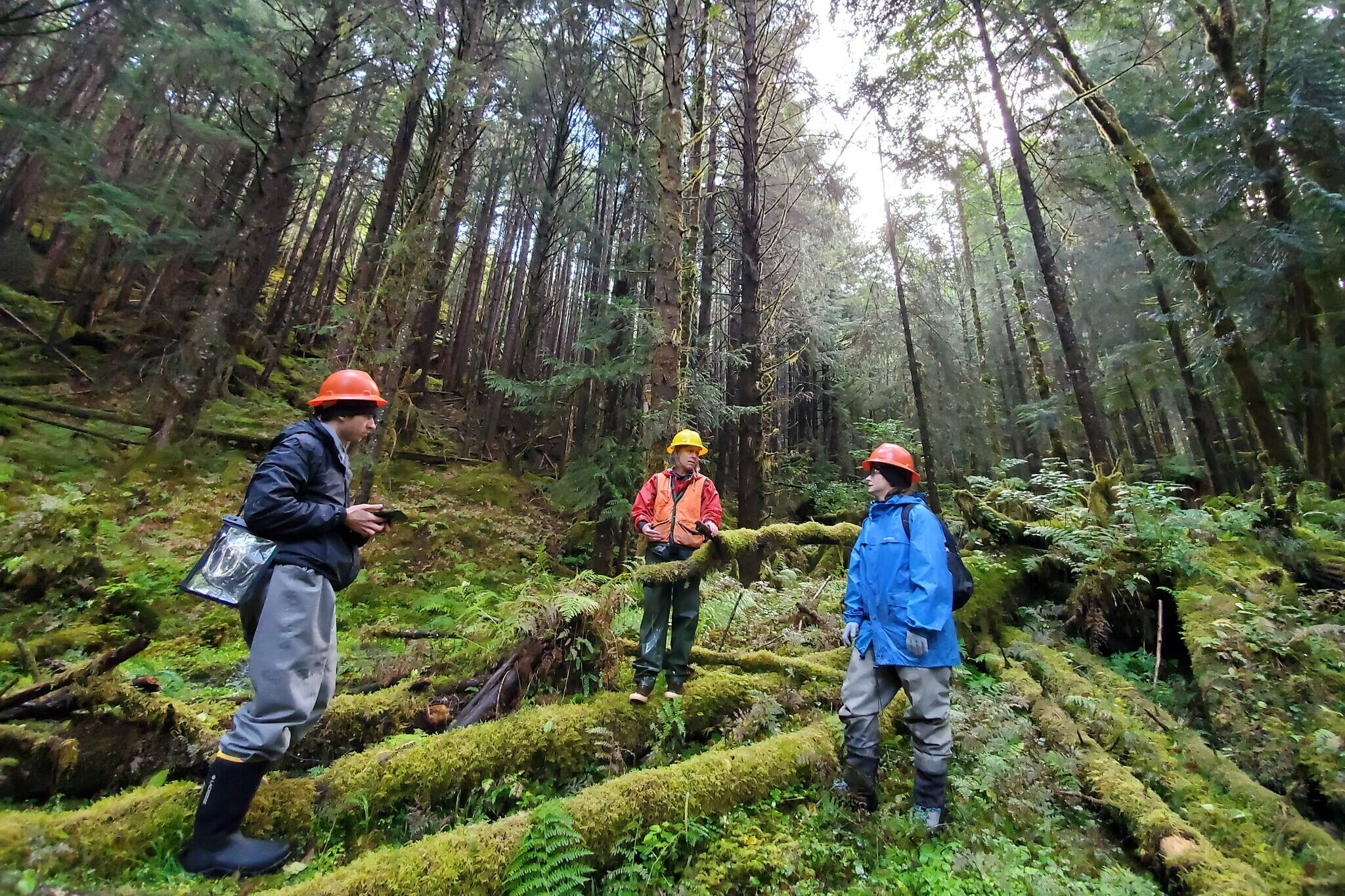An award of $12.4 million for Southeast Alaska projects ranging from a greenhouse in Yakutat to workforce development in forestry-related fields in Hydaburg was announced Tuesday by U.S. Department of Agriculture Secretary Tom Vilsack, the final portion of $25 million in Southeast Alaska Sustainability projects announced last year.
Vilsack, in an online news conference with Alaska Native and other leaders in the region, said the awards are intended to maximize the area’s sustainability and self-reliance through its natural resources, using a process that works more directly and thoroughly with the local-level entities implementing the programs.
“It was critical that we looked to make this investment in a sustainable way and develop diversity, but first we had to listen,” he said.
More than 270 proposed projects totalling about $275 million were discussed during the process, according to department officials. Vilsack emphasized that while the $25 million in current grants covers only a small portion of those, it’s the onset of a new approach now being attempted in a few other states with the intent of expanding both the amounts and regions covered over time.
“This is just the beginning,” he said. “There are some great ideas in there we can continue to work on and chip away at.”
The most recent grants include:
– $6.4 million to Spruce Root for forestry-related projects including restoring watersheds and habitats, youth training in industry professions and research such as fisheries science, infrastructure work ranging from renewable energy to trails, and other endeavors.
– $2.84 million to Central Council of the Tlingit and Haida Indian Tribes of Alaska for food subsistence and sovereignty programs, which include tribal smoke houses, composting facilities, fish camps, potato gardens and similar projects.
– $3.16 million for Southeast Conference, for economic diversification programs developed in collaboration with Spruce Root and Tlingit & Haida. Among the community specific projects are a Craig High School biomass project, removal of accumulated solid waste in Tenakee Springs, an offloading pier and floating dock for vessels in Little Naukati Bay and a regional ecosystem assessment related to the region’s salmon stocks.
– A lengthy list of smaller awards for projects such as $100,000 for Wrangell wild blueberry management, $225,000 to Sitka Tribe of Alaska for forestry monitoring, $440,000 to Sealaska Heritage and Trail Mix for Indigenous heritage name and interpretive signs along trails in Juneau, and $375,000 to the Hoonah Indian Association for snowpack monitoring and deer strategy.
“This is the first time in my 27 years as an elected person that I’ve actually seen this level of local decision making,” Tlingit and Haida President Richard Chalyee Éesh Peterson said in thanking Vilsack during the news conference. “So often we see decisions made at a national level that really don’t fit. We’ve really got to shoehorn them in.”
• Contact reporter Mark Sabbatini at mark.sabbatini@juneauempire.com.

